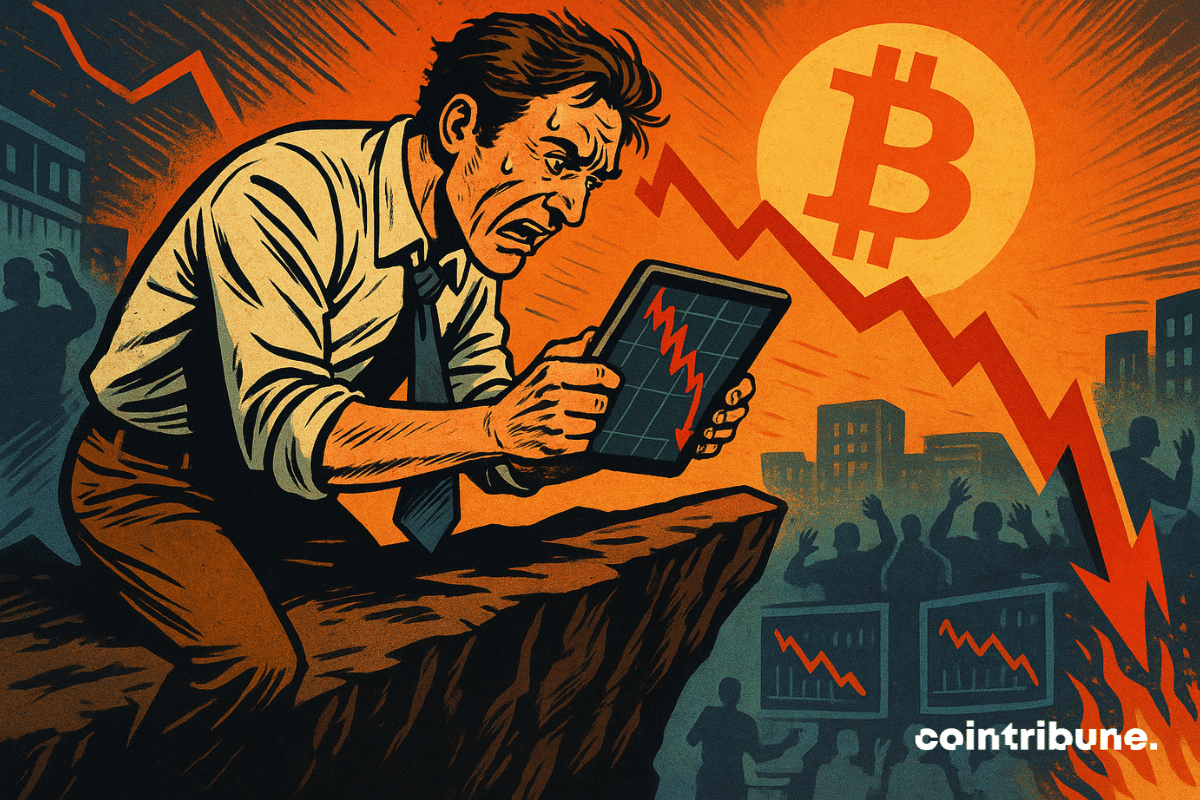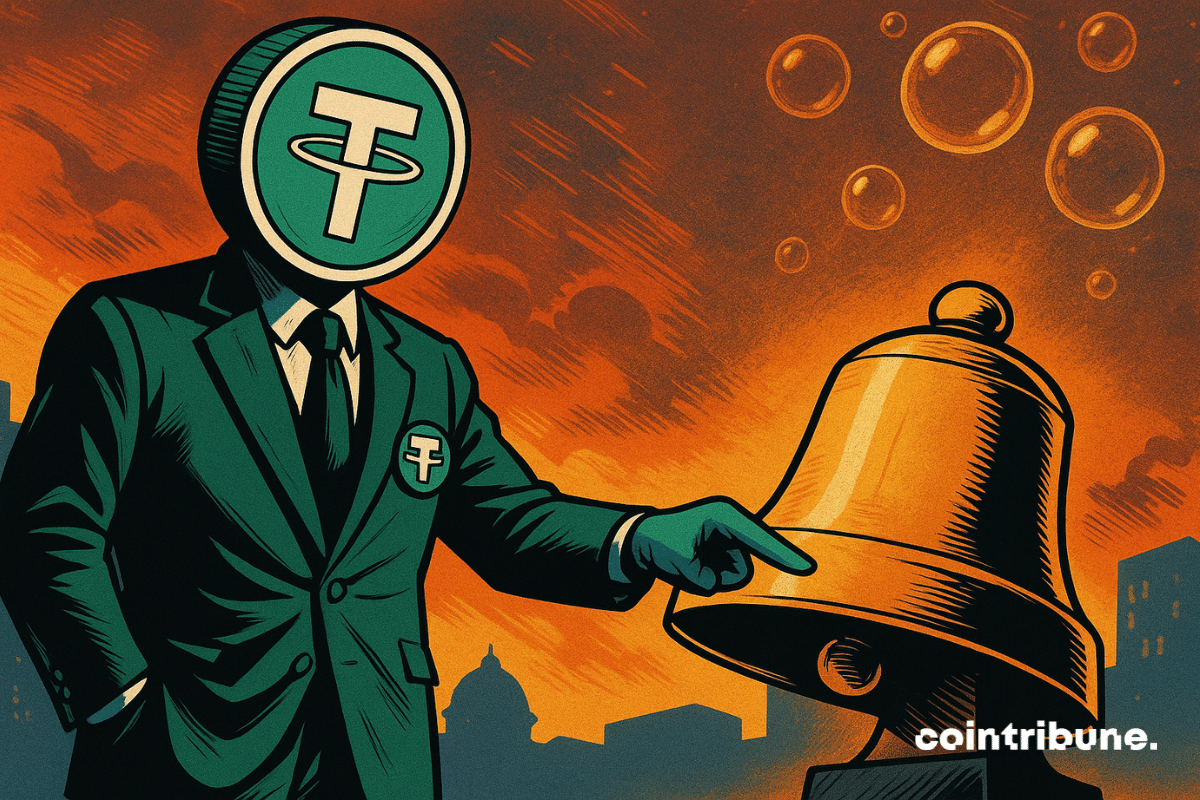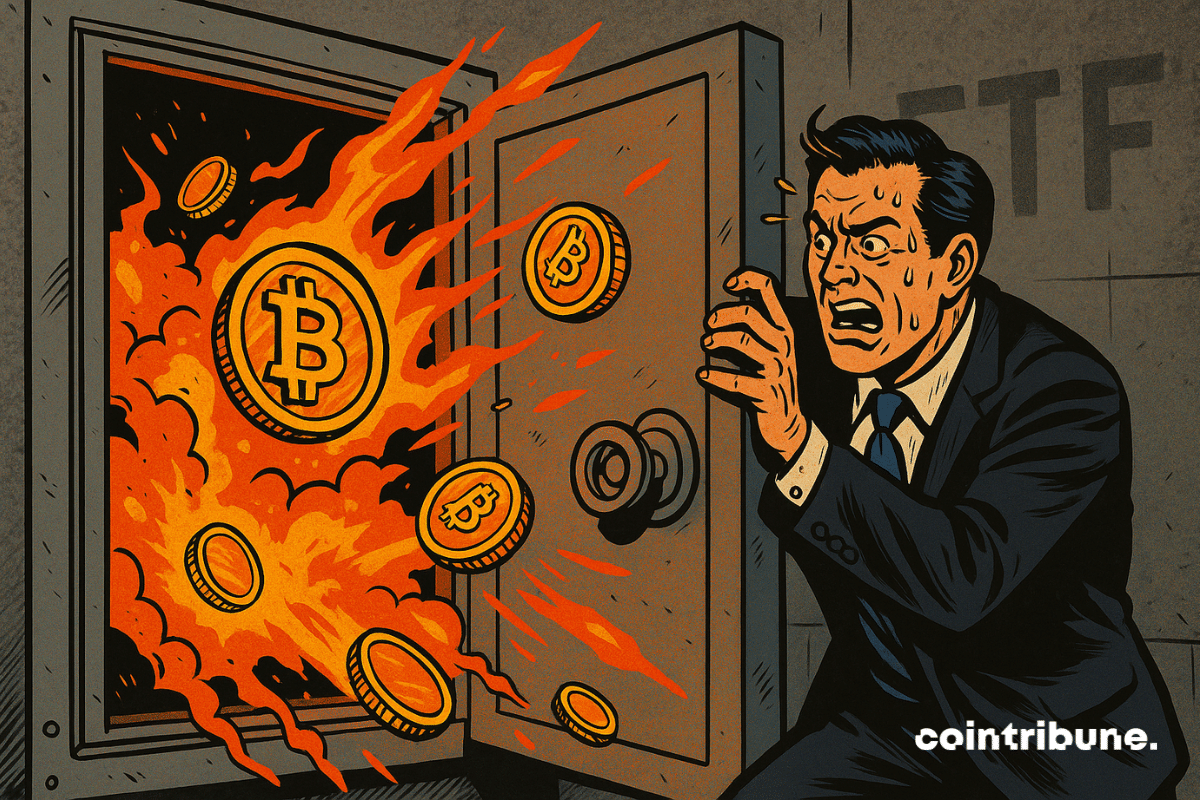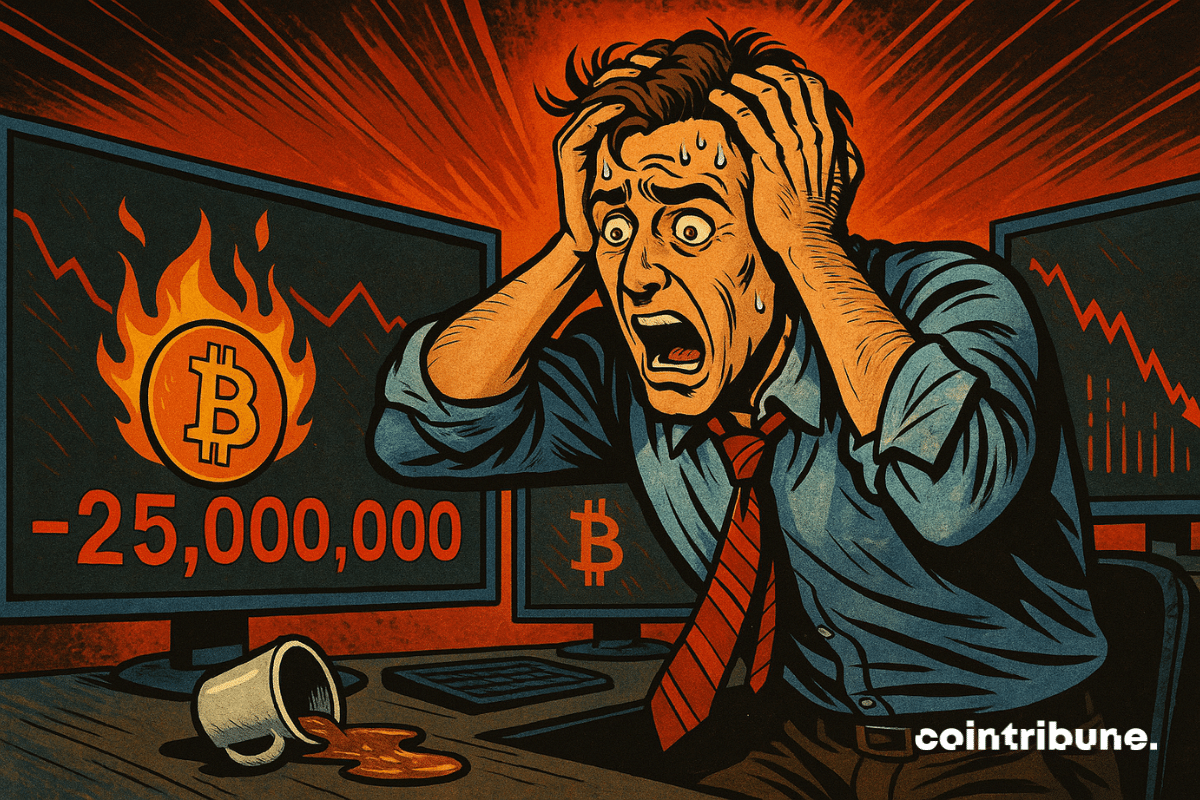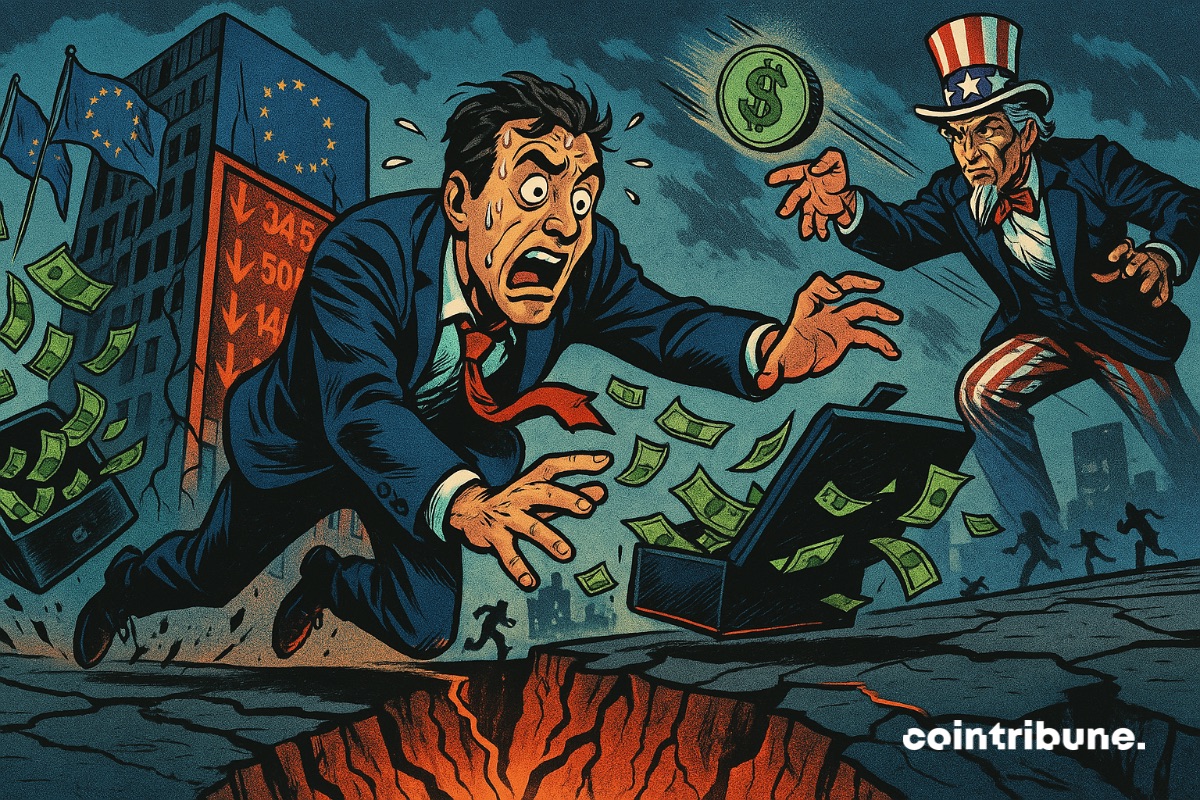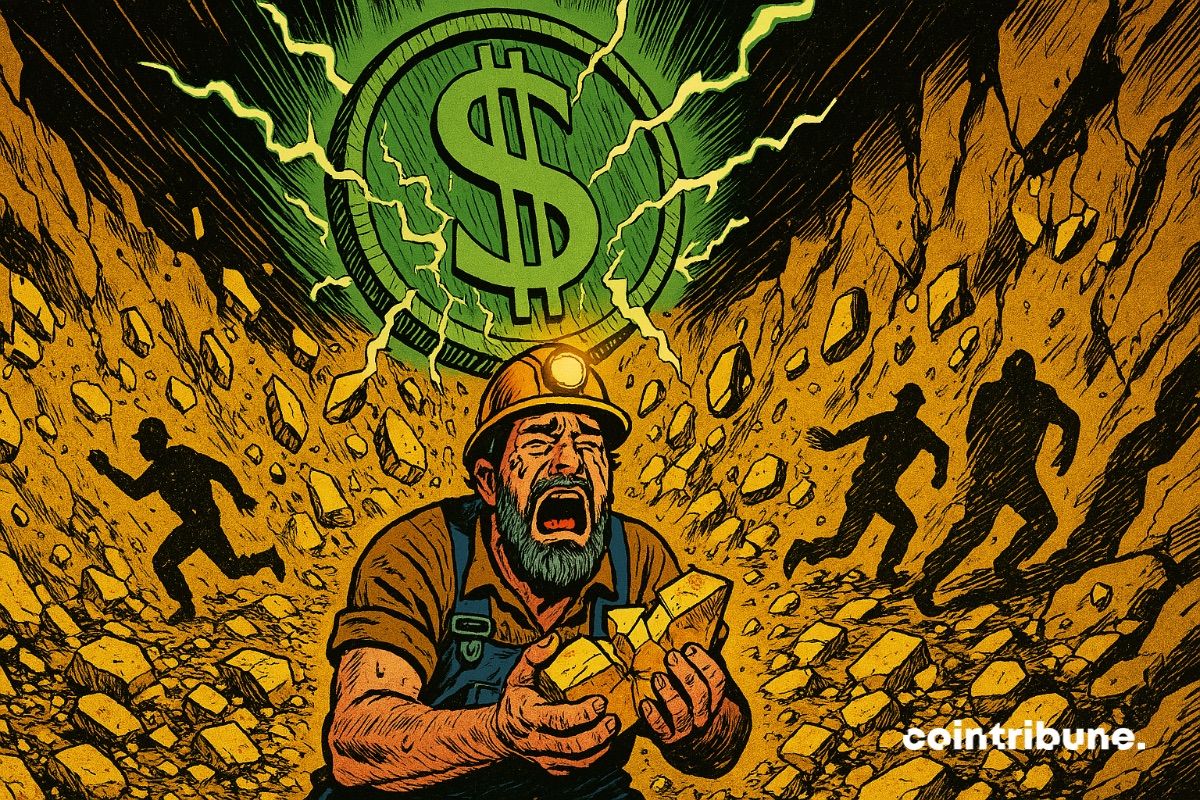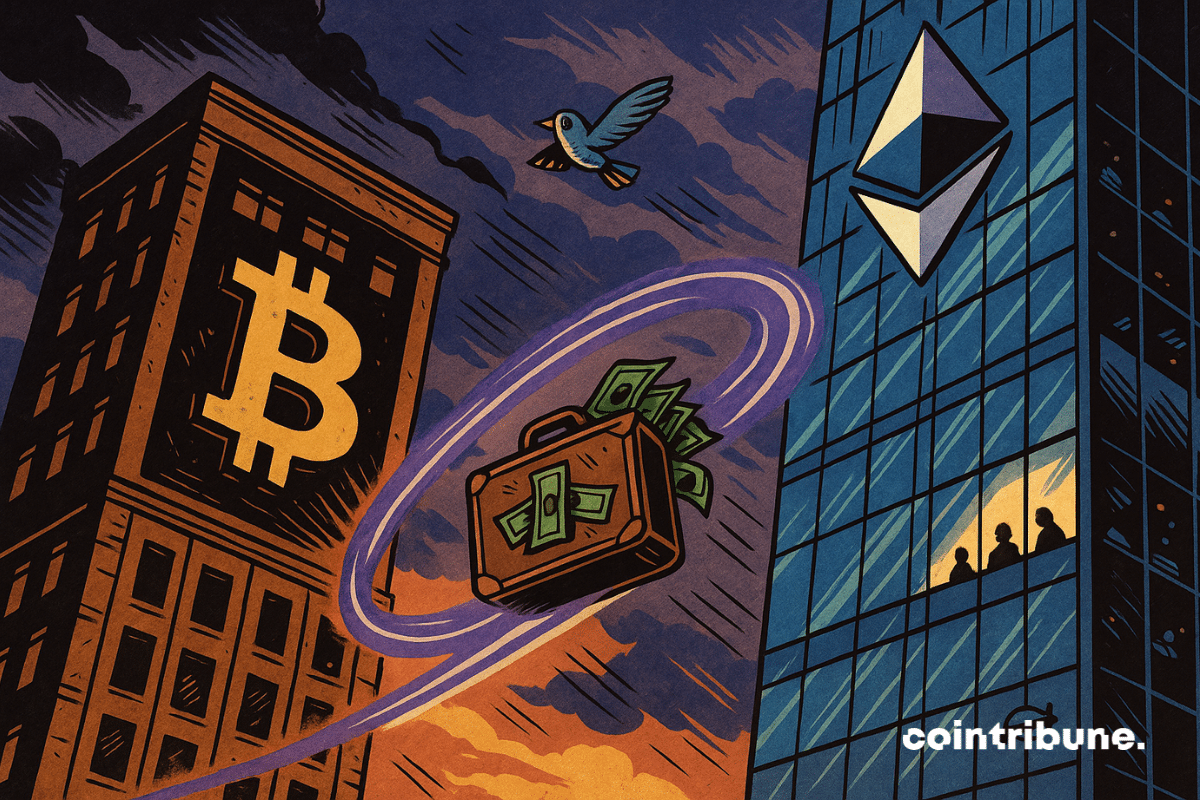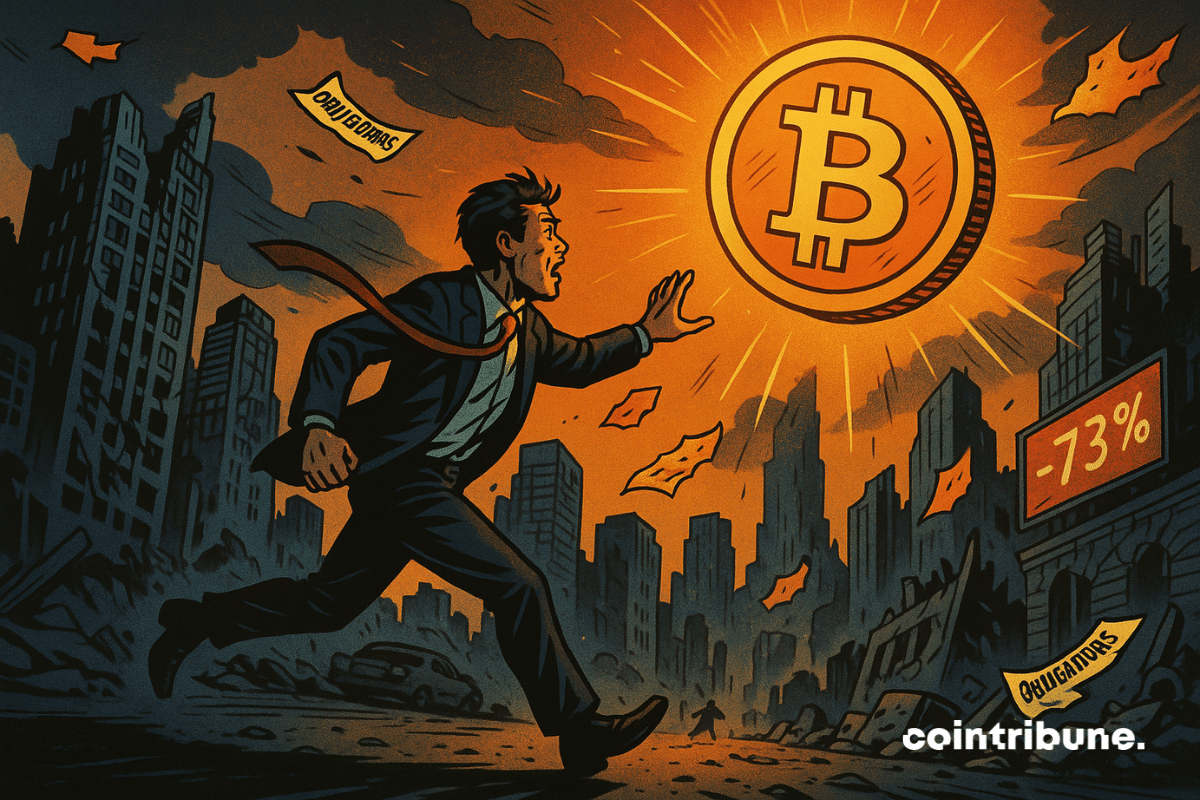The crypto market is increasingly turning to artificial intelligence (AI) to navigate its complexities and volatility. As trading becomes faster and more dynamic, the need for smarter, adaptive tools has never been greater. Runbot emerges as a leader in leveraging AI to transform crypto trading. Its advanced tools provide traders with real-time market analysis, predictive insights and strategy optimization. Beyond technology, Runbot's success is amplified by its collaborations with top-tier partners such as Bitget, BingX, and Phemex, which enhance the platform’s functionality and accessibility. These partnerships ensure users benefit from seamless integrations, high liquidity and diverse trading opportunities, making Runbot a game-changer in the evolving crypto landscape.
Theme Trading
The crypto market is known for its extreme volatility, making it both a lucrative and risky space for traders. In addition to market fluctuations, security threats like hacks, phishing scams, and human errors further complicate the landscape. For traders, safeguarding their crypto investments has become a top priority. Runbot offers a powerful solution by combining automation with advanced security measures. Designed to protect assets while enhancing performance, Runbot leverages cutting-edge technologies such as AI-driven risk management and blockchain transparency. With features like dynamic tools and immutable records, Runbot empowers traders to navigate the challenges of crypto trading with confidence and peace of mind.
Automated trading has transformed financial markets, especially in the dynamic world of cryptocurrency. With 24/7 market activity and high volatility, traders increasingly rely on trading bots to capitalize on opportunities. However, the true value of a bot lies in its performance-accuracy, speed, and reliability are critical in determining its effectiveness. Runbot AI stands out as a high-performance automated trading platform. By leveraging advanced AI, blockchain transparency and a robust infrastructure, it delivers exceptional results for traders of all levels. This article explores how Runbot combines cutting-edge technology, innovative features, and proven real-world outcomes to redefine automated trading in the crypto space.
The rise of automated trading has transformed the crypto market, offering traders a way to navigate its complexity and volatility. With markets operating 24/7 and experiencing rapid price fluctuations, the demand for efficient, user-friendly tools has never been greater. Traders need solutions that enable quick decisions, reduce emotional biases, and optimize performance. Runbot emerges as a cutting-edge platform designed to meet these needs. Combining advanced algorithms, intuitive design and innovative technologies like blockchain and NFTs, Runbot simplifies automated trading while maximizing efficiency. This article explores how Runbot empowers traders to optimize strategies, manage risks effectively, and succeed in the fast-paced world of crypto trading.
Automated trading is revolutionizing financial markets, offering speed, efficiency and emotion-free decision-making. By harnessing advanced algorithms, trading bots empower traders to seize opportunities in volatile markets. However, many existing tools face challenges like lack of transparency, limited customization, and inadequate risk management, hindering users from fully benefiting from automation. Runbot AI stands out as a game-changer, addressing these limitations with innovative technologies such as artificial intelligence, blockchain, and NFT-based tools. Its secure, scalable, and user-friendly platform provides tailored solutions for traders of all levels. This article explores why Runbot AI is the ideal choice for automated trading, showcasing its unique features, robust infrastructure, and community-driven ecosystem.
As tensions mount between Israel and Iran, Michael Saylor revives the machine. The co-founder of Strategy (formerly MicroStrategy), a fervent advocate of bitcoin, suggested this weekend a new massive purchase of BTC. This announcement comes in an explosive context, with targeted strikes in Tehran and risks of regional escalation. Against the grain of traditional markets, Saylor confirms his accumulation strategy, once again defying the logic of cycles and crises.
Donald Trump generated over 600 million dollars in 2024, with a major portion coming from the crypto universe. This figure, drawn from a financial disclosure document signed on June 13, confirms the president's strategic entrenchment in the crypto ecosystem. Between memecoins bearing his name and large-scale DeFi operations, Trump is no longer just observing the market: he is becoming a central player, with major financial and political stakes.
While attention is focused on upcoming regulations and emerging ETFs, a lesser-known technical indicator is reshuffling the deck. XRP is seeing a fourfold increase in its realized market capitalization compared to that of Solana. This capital shift suggests a deeper and unexpected market dynamic, counter to the visible enthusiasm for Solana. Behind this metric, a change in investor perception seems to be emerging, giving XRP a central role once again in the altcoin arena.
The stock market has its moods, but sometimes, it is mostly its fears. And this Friday, fear prevailed over everything else. An Israeli strike against Iran was enough to cause an immediate shock on global markets, reminding everyone that indices are never completely disconnected from the sound of bombs. In New York, the Dow Jones dropped more than 600 points right at the opening. A brutal collapse that owes nothing to chance, but everything to geopolitics. In this unstable equation, volatility has become the norm again, and the stock market a sounding board for the real world.
When a Wall Street institution migrates to a public blockchain, it is no longer an experiment, it is a shift. By issuing its debt securities on the XRP Ledger, Guggenheim Treasury Services not only validates Ripple's infrastructure, but also redefines the boundaries of market finance. This operation marks a concrete advancement in the tokenization of real-world assets and confirms the gradual embedding of decentralized finance at the heart of institutional strategies.
In a market where extreme predictions no longer intimidate anyone, Bernstein has nonetheless made a splash. The asset manager, boasting 800 billion dollars in assets under management, anticipates a bitcoin price of 200,000 dollars by the end of this year. Even more surprising: this target is considered "conservative" by its own analysts. A bold positioning, contrary to the climate of caution that dominates the markets, and which could well redefine expectations around the most scrutinized asset on the planet.
Bitcoin has never been known for rewarding the obvious. As its price rises to over $105,000, many leveraged traders are taking a surprising position: they are betting heavily on its decline. Behind this seemingly rational behavior may lie a misunderstanding of the deep mechanisms of the crypto market — or worse, a repetition of past mistakes.
Yesterday, Paolo Ardoino, CEO of Tether, spoke directly on X (formerly Twitter) to respond to speculation about a potential IPO. Despite a theoretical valuation estimated at 515 billion dollars, he dismissed the rumors, stating that Tether has no intention of going public.
While the markets scrutinize the upcoming regulatory decisions, XRP experiences an unexpected surge. Now the fourth largest asset in the sector, it has seen a notable rebound after two sessions of decline, briefly instilling a renewed sense of optimism. However, behind this technical signal lies a more contrasted reality: trading volume has collapsed by nearly 49% in 24 hours. In a tense climate where every movement fuels speculation, XRP is once again becoming a barometer of the contradictions in the crypto market.
On Thursday, June 6, the asset management giant experienced a record withdrawal of $130.49 million from its Bitcoin spot ETF IBIT, the largest since its launch in January. This shock was enough to drag the entire Bitcoin ETF market into the red for the second consecutive session, raising doubts about the institutional momentum that had been supporting these bitcoin-backed investment vehicles.
When Musk threatens space and Trump cuts the funding, it's crypto that takes a hit. A duel of egos, billions vanished and bewildered investors... Who really benefits from the chaos?
In the crypto ecosystem, few announcements redefine the fundamentals. Yet, Cane Island Digital reveals that more than a third of mined bitcoins are permanently lost. Far from being just a statistic, this reality disrupts the understanding of actual supply, increases the asset's scarcity, and questions current valuation models. This silent phenomenon, often overlooked, raises critical issues: how to value an asset whose growing portion is evaporating? And how far could this gradual disappearance reshape the monetary landscape of bitcoin?
Once again, James Wynn is making headlines — and not for the right reasons. This crypto trader, known for his excessive risk-taking, has just lost 25 million dollars in a partial liquidation of his latest Bitcoin position. It's yet another drop in a long series of bets that are as spectacular as they are self-destructive. Should this be viewed as boldness or a form of programmed financial suicide?
As cryptocurrencies attract more and more institutional investors, BlackRock has marked a turning point with the acquisition of $48.4 million in Ethereum (ETH). This operation, involving a significant amount of ETH, underscores BlackRock's confidence in the future of Ethereum, as well as the growing influence of institutional players in the blockchain ecosystem. Such an investment demonstrates the evolution of investment strategies and the increasing appeal of cryptocurrencies beyond Bitcoin.
European markets are wobbling, investors are fleeing, and even companies are panicking. What lies behind this economic chaos? A burning question resurfaces: Has Europe destroyed our economy? Discover what no one dares to say.
Bitcoin is definitely not for the faint of heart. While many think about keeping their distance from significant turbulence, some investors, like James Wynn, seem to find it a preferred playground. After an astronomical loss, the man returns to the center of the arena with an even bolder bet.
When the crypto market wobbles, some bitcoin mining companies manage to come out on top. In May 2025, despite a tense consolidation phase for BTC, mining companies recorded their highest monthly revenues since the April 2024 halving. This remarkable result was achieved in a context of technical correction, where caution dominates trading. This resurgence in profitability, driven solely by the valuation of bitcoin, highlights the underlying tensions of an increasingly price-dependent model.
The Dollar is skyrocketing, gold is faltering, mining giants are collapsing... What is happening behind the scenes of the global economy? Discover why bitcoin might just emerge unscathed from the monetary shockwave!
While the crypto market is buoyed by a bullish cycle, a silent shift is taking place: Ethereum appears to be gaining ground against a slowing Bitcoin. Driven by clear institutional signals and a more favorable yield mechanism, the momentum of ETH is no longer just a market rotation, but a structural repositioning. This potential reversal of hierarchy, supported by concrete indicators, is reshaping the power dynamics within the crypto ecosystem.
May 2025 will go down in history: Bitcoin has surpassed 111,970 dollars, an unprecedented peak that electrifies the market. However, behind the euphoria, analysts are tempering expectations. This surge comes on the eve of a historically fragile third quarter for the asset. Amid speculative excitement and signs of consolidation, uncertainty grips investors. Should this be viewed as the beginning of a new cycle or the start of a strategic pullback? Doubt settles in, fueled by lessons from the past and upcoming tensions.
A crypto revolution is underway: Binance allows live trading through its social platform. Details in this article!
At the moment, SUI shines brighter than many famous cryptos. Its blockchain, fast and scalable, attracts all the attention. The TVL has soared to 2 billion dollars, listings on OKX and Bitget boost its visibility, dApps like Suilend captivate the crowds, a Pokémon rumor caused SUI to explode by 60%, and on May 8, a pump of 22% captivated traders. However, volatility remains a trap. A Runbot can catch the right waves and allow you to earn money automatically on the SUI/USDC pair.
A discreet yet decisive shift is stirring global markets. The traditional pillars of finance are losing their luster, while assets once considered marginal are gaining legitimacy. Indeed, the growing distrust in sovereign debts is shaking the bond market, which was once a foundation of stability. In this climate of uncertainty, a question arises: is Bitcoin, often labeled as speculative, beginning to establish itself as a true safe haven?
In a market where volatility is constant, James Wynn stood out with an extraordinary maneuver: a long position of $1.25 billion on bitcoin with a 40x leverage via Hyperliquid. A controversial figure in speculative trading, Wynn seemed to be riding a bullish wave... until an announcement from Donald Trump about a massive tax against the EU. Within a few hours, the geopolitical shock reversed the trend, melting away $29 million in potential gains, a bold bet caught up by the reality of the markets.
After reaching a new peak of 111,000, Bitcoin triggers excitement among traders.











